- What Are the Himalayas?
- Himalayas History
- Where Are the Himalayas Located?
- Understanding the Himalaya Parvat
- Trekking the Himalayas in 2025
- Himalayan Heights and Notable Peaks
- What Are the Lesser Himalayas?
- Himalayan Shilajit: Nature’s Gift
- Himalaja: The Structure of the Himalayan Mountains
- Pink Himalayan Salt: Mineral Treasure of the Mountains
- The Himalayan Monal: Jewel of the Highlands
- The Taste of the Himalayas: Culinary Richness
Questing for an adventurous walk and a lifetime trekking experience? Trekking Himalayas is indeed one of the best choices for numerous adventurous lovers around the world. Loaded with cultural as well as natural diversity, Nepal embraces a number of the world’s best trekking routes, including the Everest Base Camp Trek, the Annapurna Base Camp Trek and the Manaslu Circuit Trek.
What Are the Himalayas?
The Himalayas are an enormous mountain range stretching across Asia, forming a natural division between the Tibetan Plateau and the Indian subcontinent. This chain extends from Afghanistan in the west to Myanmar in the east. Known for extreme altitudes, it houses over 100 peaks higher than 7,200 meters, including Mount Everest, the tallest point on Earth. The range is also a crucial water source, feeding major rivers like the Indus, Ganges, and Brahmaputra. Culturally and biologically, the Himalayas are incredibly diverse, with unique ecosystems and traditional communities shaped by the harsh yet beautiful environment. The mountain system formed through the collision of the Indian and Eurasian tectonic plates, a geological process that remains active even today.
Himalayas History
The Himalayas formed over millions of years due to the collision of the Indian and Eurasian tectonic plates, resulting in a dramatic uplift of the Earth's crust. This collision, which began about 50-65 million years ago, continues to shape the mountains, adding to their height and imposing structure.
Geological Formation:
- Plate Collision: The Indian and Eurasian plates collided, pushing the Indian plate beneath the Eurasian plate and causing the formation of the Himalayas.
- Uplift: The collision led to the folding and nappe-formation of the uppermost Indian crust, resulting in the massive uplift of the mountain range.
- Tethys Ocean: Before the collision, the Tethys Ocean bordered the southern edge of Eurasia, and the Indian plate's northward movement confined it between the plates.
- Ongoing Process: The collision and uplift continue to this day, as the Indian plate continues to push northward, leading to ongoing geological activity in the region.
Historical Context:
- Pre-Columbian Era: The Himalayas were not as well-known or studied in the pre-colonial era, with local peoples having deep spiritual and cultural connections to the mountains.
- British Survey and Mapping: The British Survey of India mapped the Himalayas in the 19th century, officially recognizing Mount Everest as the highest point on Earth.
- Early Expeditions: Early expeditions, particularly in the 20th century, brought European explorers and mountaineers to the region, sparking an interest in climbing and exploration.
- Sherpa Influence: The Sherpa people, known for their mountaineering skills and ability to live at high altitudes, became increasingly involved in expeditions, both as porters and as climbers.
- Modern Tourism: The Himalayas have become a popular destination for tourism, with trekking and climbing attracting visitors from around the world.
How Were the Himalayas Formed?
The Himalayas are the direct result of tectonic movements that started millions of years ago. As the Indian Plate, once part of Gondwana, drifted northward, it collided with the Eurasian Plate. This powerful impact caused the Earth's crust to crumple and fold, pushing up massive landforms. Subduction, where the Indian crust sank under the Eurasian crust, led to the thickening of the region and ongoing mountain building. Erosion from glaciers, rivers, and winds continues to reshape the terrain, creating deep valleys and sharp ridges. The slow collision between these plates is still happening today, making the Himalayas geologically young and dynamic.
Where Are the Himalayas Located?
The Himalayas span across Nepal, India, China (Tibet), Pakistan, Bhutan, and Afghanistan. They form a barrier stretching approximately 2,400 kilometers, roughly between 26°N and 35°N latitude and 74°E to 95°E longitude. Mount Everest, the most iconic peak, sits near the center of this range, positioned around 27.9881°N and 86.9250°E. The Himalayas are divided into distinct sections: the towering Great Himalayas, the mid-altitude Lesser Himalayas, and the outermost Shivalik Hills. These formations collectively influence regional climates, river systems, and human settlements throughout South Asia.
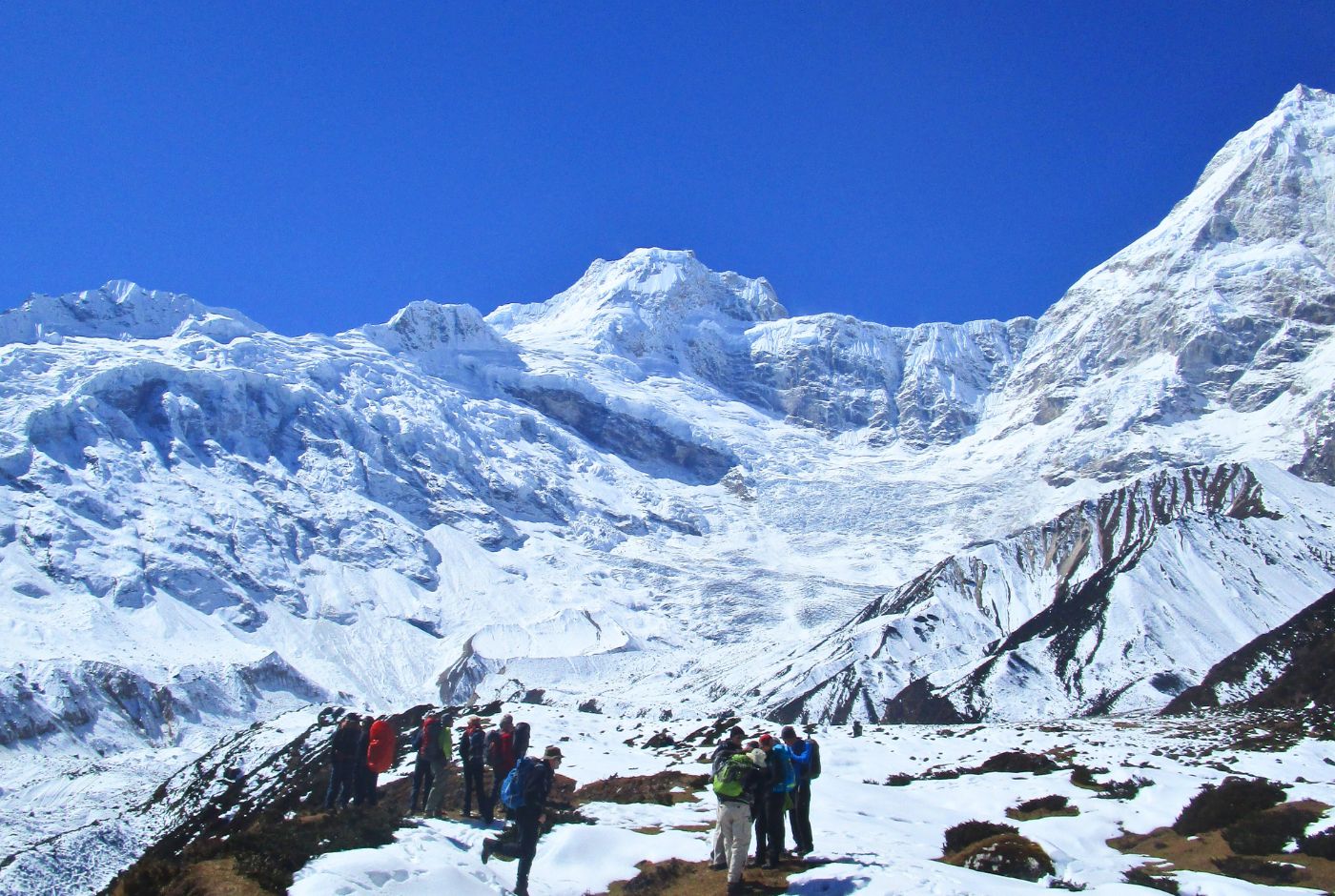
Mount Everest: The Highest Peak of the Himalayas
Mount Everest stands as the highest peak in the Himalayan range and across the globe, reaching an officially measured height of 8,848.86 meters (29,031.7 feet). Straddling the border of Nepal and the Tibet Autonomous Region of China, it is part of the Mahalangur Himal sub-range. First summited in 1953 by Sir Edmund Hillary and Tenzing Norgay Sherpa, Everest holds deep cultural reverence and draws thousands of trekkers and climbers each year. Features like the North Col Formation and the famed Yellow Band are iconic geological markers on the mountain, and the region remains a hotspot for adventurous trekking and high-altitude climbing.
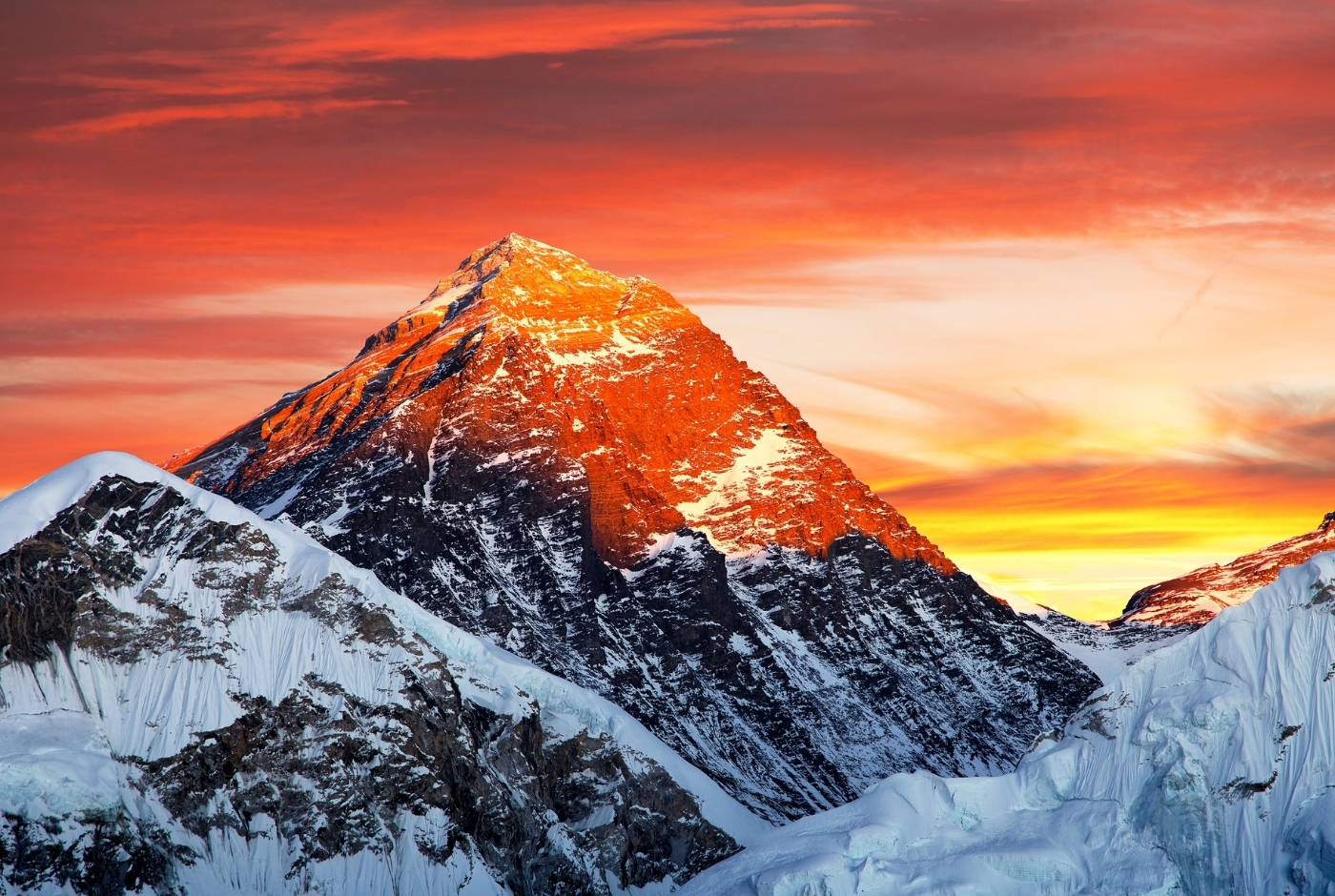
Understanding the Himalaya Parvat
The Himalaya Parvat refers to the mountain system composed of four parallel ranges: the Sivalik Hills, the Lesser Himalayas, the Great Himalayas, and the Tibetan Himalayas. Extending from Afghanistan to Myanmar, this vast formation includes fertile valleys, alpine meadows, glacial rivers, and snow-covered summits. The Great Himalayas form the highest belt, containing Everest and other famous peaks. The Lesser Himalayas and Sivaliks offer more habitable regions with rich forests and river valleys, while the Tibetan Himalayas link into the broader Tibetan Plateau. These interconnected zones create some of the most varied ecosystems and cultural landscapes in Asia.
Trekking the Himalayas in 2025
Trekking across the Himalayas delivers experiences from heart-pounding high-altitude trails to peaceful cultural walks through ancient villages. Everest Base Camp, Annapurna Circuit, and the expansive Great Himalayan Trail remain popular choices for trekkers worldwide. Routes like Manaslu Circuit and Upper Mustang offer more remote adventures. Treks vary by difficulty, altitude, and terrain, making it essential to assess physical readiness and experience. Necessary permits, good gear, acclimatization schedules, and cultural respect are crucial for a safe and rewarding journey. Whether staying in teahouses or luxury lodges, Himalayan trekking in 2025 promises unmatched beauty and genuine adventure.
The exquisiteness of the river pouring through the lofty Himalayas, the beautiful cascades, and the tranquil lakes will also amaze you. And, apart from having best trekking trails, Nepal welcomes a lot of visitors with its diverse range of adventure sports that can be accomplished along with the unforgettable trekking experience. One can enjoy rafting in the gushing river, bungee jumping, mountain biking, paragliding, jungle safari etc.
Concerning on best season for Trekking in Nepal Himalaya, it can be done right through the year. However, Spring (Mid Feb to Mid June) in Nepal is regarded as best season for trekking in Nepal as the climate is gently warm in the lower regions while at higher altitudes weather is temperate. Plus, flowers blooms vividly during this season especially the national flower of Nepal – rhododendrons. Likewise, autumn (Mid Sep to Mid Dec) is also the best trekking time of year in Nepal since climate is very lovely and presents clear sights of peaks.
Above all, Trekking in Everest Region is one of the most admired ones by the trekkers all around the earth. Trekking to the foot of the highest mountain on the earth- Mount Everest (8848m) would be a dream of any trekking fanatics. The enticing landscape, striking Rhododendron forested area, green foothills, glacial moraines, visiting Tengboche monastery, passing stunning and challenging Everest High Passes and the fascinating views from Kala Patthar (5545m) can hypnotize anyone in the world. Apart from Everest Region, getting rewarded by the magnificent views of the giant peak ranges - Annapurna, Manaslu, Dhaulagiri, Macchupucchre, and Langtang, and walking through a range of settings and going across the world’s deepest gorge –Kali Gandaki is also the most excellent choice of Trekking in Nepal which is bestowed by the famous Annapurna Region.
Another better choice would be walking on the less crowded sets and yet get pleasure from the fusion of enriching diversity and astonishing scenery which is granted by Manaslu Region Trek. You will get to witness awesome views of Manalsu North, Ngadi, Himalchuli, Annapurna range etc and which will totally enchant you. Trekking in Langtang Region is equally magnificent trekking choice as you get wide range of opportunity of visiting Gosainkunda Lake, rustic settlements where Tamang and Sherpa people live, strolling to Helambu region, Langtang National Park, and witnessing striking peaks like Langtang Lirung (7227m), Naya Kanga (5844m) etc. are the best parts of Langtang Region.
Off-the-beaten trails in Nepal, moreover allures trekkers with its unexplored Himalayan areas, geological remoteness, cultural richness, and captivating sceneries. These trekking trails need special entry permit to enter the restricted areas. Some popular off-the-beaten trails are Dhaulagiri Trek, Kanchenjunga Circuit Trek, Lower Dolpo Trek, Makalu Base Camp Trek etc
Trekking in Nepal, therefore is the most excellent travel option since the natural beauty, the welcoming nature of local inhabitants and adventure sports which can be done side by side with trekking definitely gives you dramatic memories to cherish. This is where the lifetime memories are weaved.
Himalayan Heights and Notable Peaks
The Himalayan range towers higher than any other on Earth. With an average elevation of around 6,100 meters, its highest point is Mount Everest at 8,848.86 meters. Other major peaks like Kanchenjunga (8,586 meters), Lhotse (8,516 meters), and Makalu (8,485 meters) also soar above 8,000 meters. The Great Himalayas contain most of these high peaks, formed by the relentless movement of tectonic plates and marked by rugged landscapes and massive glaciers. These geological forces continue to elevate and reshape the region, ensuring that the Himalayas remain a living mountain range.
What Are the Lesser Himalayas?
Known also as the Lower Himalayas or Himachal, the Lesser Himalayas stretch between the Great Himalayas and the Siwalik Hills. Running from the Indus River Basin to the Brahmaputra Valley, these ranges pass through Pakistan, India, Nepal, and Bhutan. The Lesser Himalayas feature dense forests, agricultural valleys, and picturesque hill towns. This region offers a moderate climate compared to the higher ranges, making it a vital corridor for human settlement and cultural exchanges.
Himalayan Shilajit: Nature’s Gift
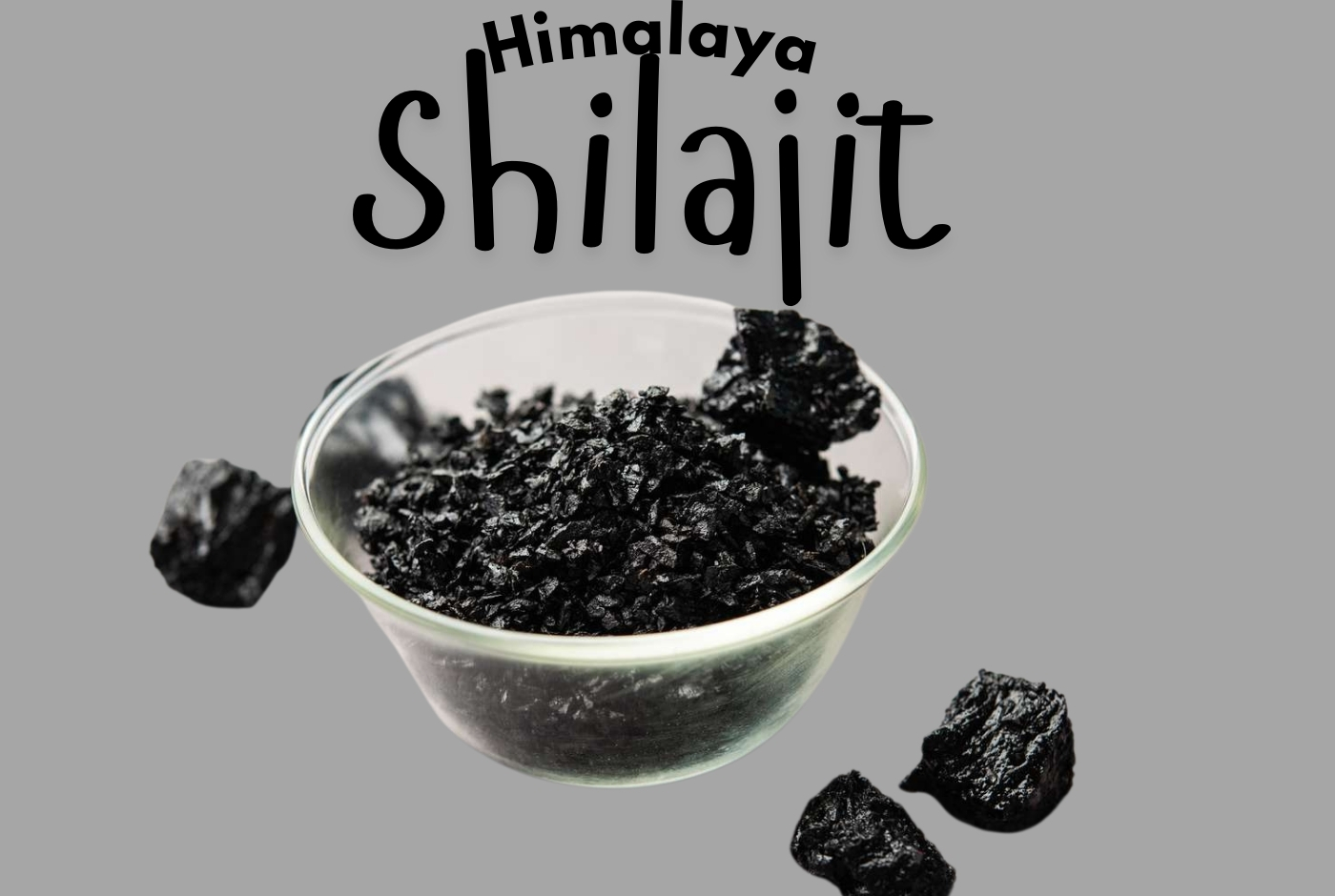
Himalayan Shilajit is a mineral-rich resin that oozes from rocks at high elevations between 1,000 and 5,000 meters. Formed over millions of years from decomposed plant material, Shilajit is prized in Ayurvedic medicine for its fulvic acid content and mineral density. It appears tar-like and is harvested mainly during warmer months when the substance seeps out of rock cracks. Users believe Shilajit supports stamina, inflammation reduction, and nutrient absorption, though clinical research is ongoing. Consumed as resin or dissolved into drinks, it remains a respected natural supplement sourced directly from the Himalayan highlands.
Himalaja: The Structure of the Himalayan Mountains
The Himalayas curve in a sweeping arc spanning 2,400 kilometers across South Asia. They consist of four primary ranges: the Sivalik Hills, the Lesser Himalayas, the Great Himalayas, and the Tibetan Himalayas. Each range has distinct geological characteristics and ecosystems, from eroded outer foothills to glaciers and towering granite peaks. Created by the collision of the Indian and Eurasian plates, this mountain system is geologically young and still rising. The formation profoundly impacts the regional climate, controlling monsoon patterns and water flows that support millions of people downstream.
Pink Himalayan Salt: Mineral Treasure of the Mountains
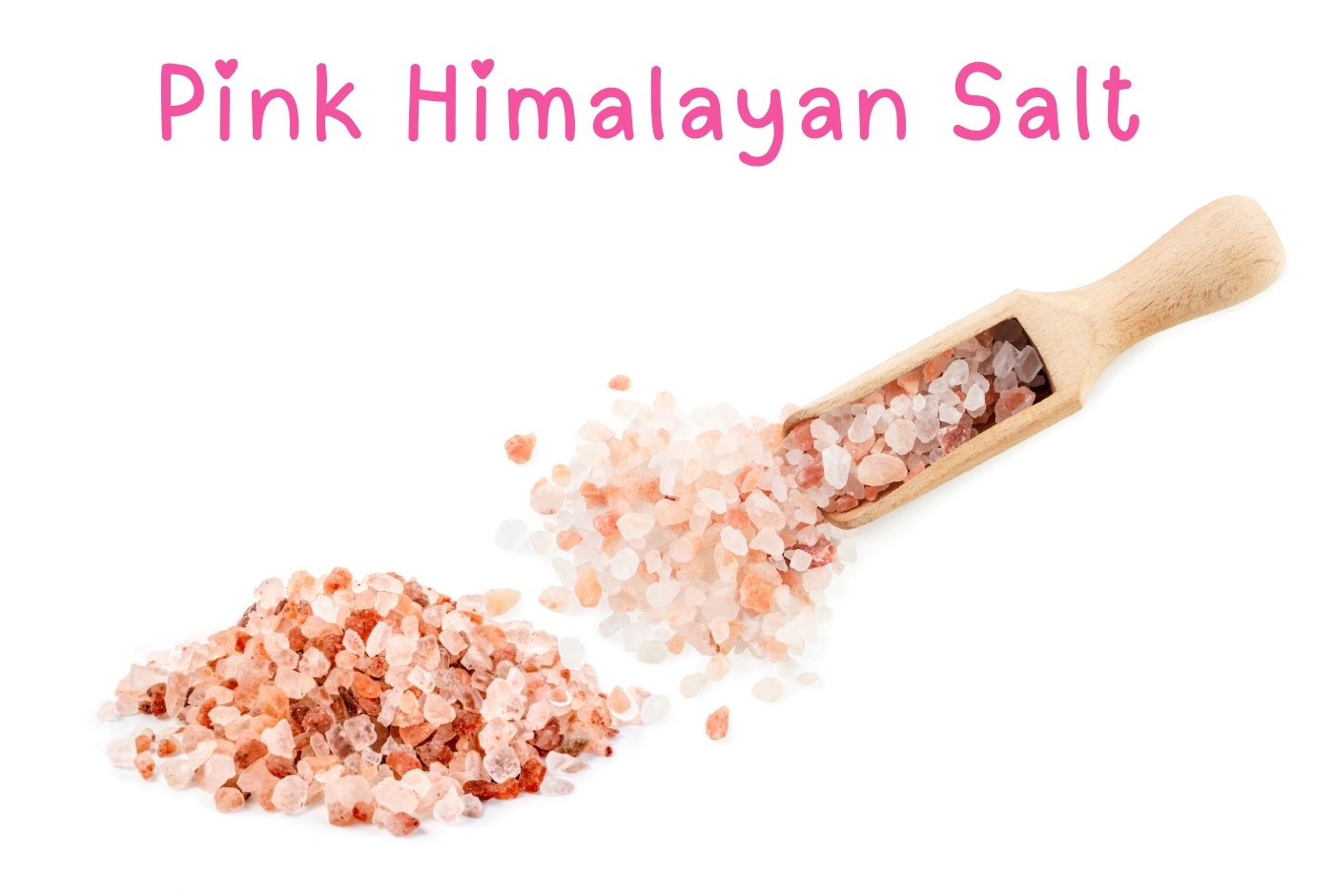
Pink Himalayan salt, mined from Pakistan's Salt Range near the lower Himalayas, is prized for its mineral content and subtle flavor. Its rosy tint comes from trace iron oxide. Besides sodium chloride, it contains small amounts of minerals like calcium, magnesium, and potassium. Popular in cooking, therapeutic spa treatments, and decorative salt lamps, Himalayan salt remains a versatile product. While many believe it offers hydration and digestion benefits, scientific research is still growing. In moderation, it serves as a flavorful and colorful alternative to processed table salt.
The Himalayan Monal: Jewel of the Highlands
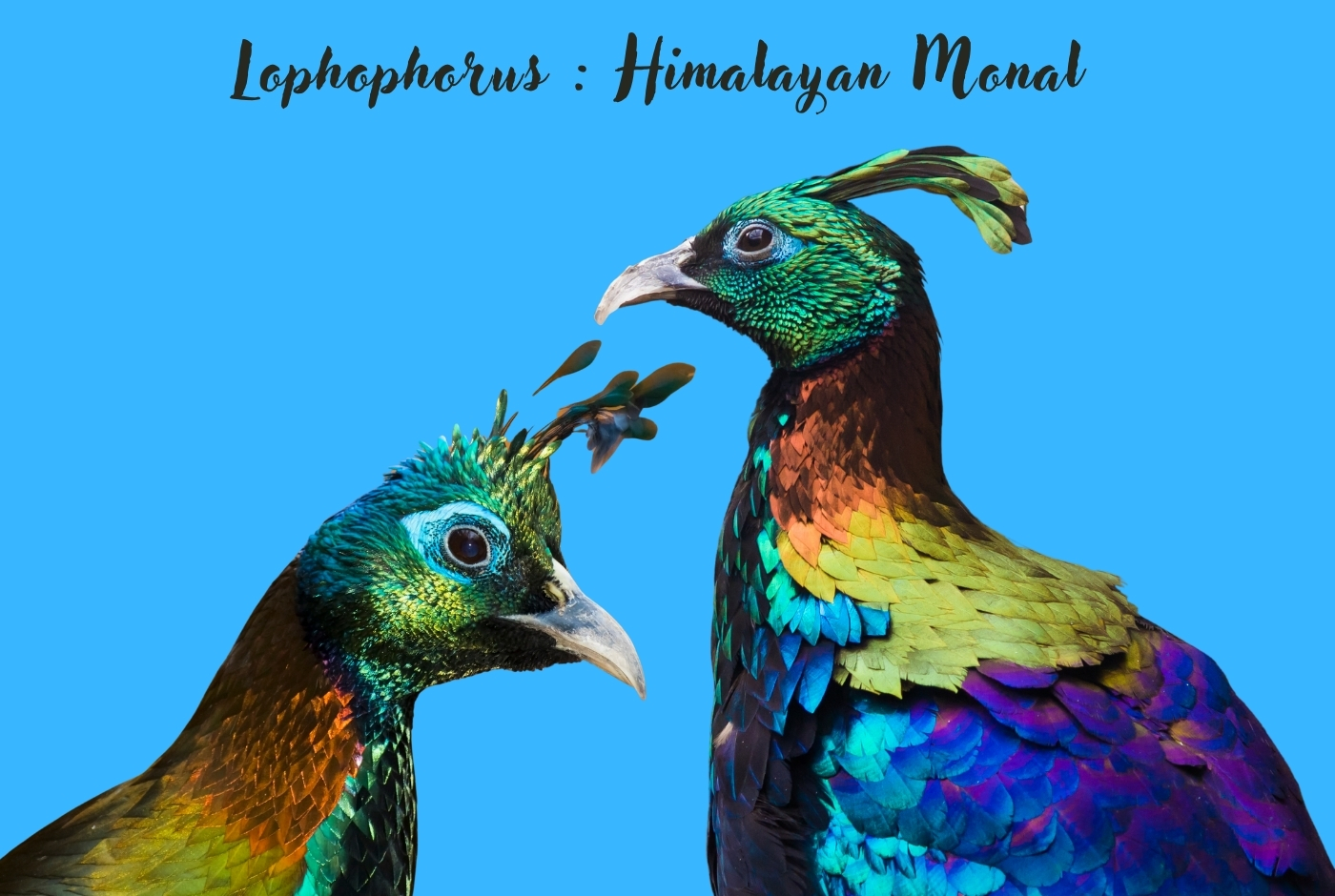
The Himalayan Monal, scientifically known as Lophophorus impejanus, is a striking pheasant found across the high altitudes of the Himalayas. Males shimmer with iridescent blues, greens, and coppers, while females wear earth-toned feathers suited for camouflage. These birds are adapted to rugged, alpine habitats, digging roots and insects from under snow or soil. Monals breed in shallow ground nests and live in small flocks. Although classified as "least concern" by the IUCN, habitat loss in some areas threatens local populations. Their presence remains a symbol of Himalayan wildlife.
The Taste of the Himalayas: Culinary Richness
Himalayan cuisine draws heavily from the region’s geography and natural resources. Rice, barley, lentils, seasonal vegetables, yak dairy, and a vibrant mix of spices characterize the food. Dal Bhat, momos, thukpa, and yak curries are staples across Nepal, Tibet, and Bhutan. Fresh herbs and wild medicinal plants enhance flavors and health benefits naturally. Each subregion, from Bhutanese chili cheese dishes to Tibetan noodle soups, tells a unique story of resilience and tradition through its food. For travelers, eating local meals offers deep insight into Himalayan life.

Geographical diversity, the picturesque magnificence of gigantic Himalayas, and wonderful scenery are what adds more appeal to Trekking in Nepal. Plus, passing from side to side with perfect wooded area filled with juniper and rhododendron trees. Likewise, stumbling upon various ethnic groups occupying beautiful rustic settlements and the company of beautiful scenery all the way through the trip is another highlight of Trekking in Nepal. Moreover, the welcoming nature of inhabitants living higher rustic settlements is greatly cherished by tourists. Understanding the diverse and unique local culture lets them bump into some interesting experiences which may be an extraordinary opportunity for them.


